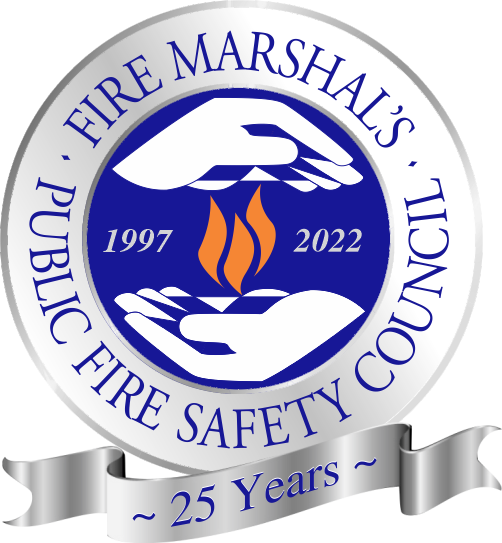Major changes in the 2016 edition of NFPA 409 impact the design of fire protection systems in new Group I and Group II aircraft hangars.
Revised based on sound engineering principles, the latest test data, and recent field experience, NFPA 409: Standard on Aircraft Hangars provides specifications for construction and fire protection of all types of aircraft hangars.
Engineers, designers, architects, contractors, installers, facility and construction managers, insurance professionals, and others responsible for the safety of people, facilities, and equipment, need to know how revisions in the new NFPA 409 impact their work.
Significant changes make the Standard easier and more cost-effective to apply in certain scenarios:
- Low-level foam systems in Group I hangars can now be divided into zones that are independently activated, based on activation of an associated sprinkler zone or automatic detection zone.
- Revised requirement for a minimum of two fire pumps specifies that a redundant pump will not be required for systems that use two or more pumps to meet the minimum demand.
- Reserve supply of foam concentrate now permitted to meet the requirements of the 2016 edition NFPA 11: Standard for Low-, Medium-, and High-Expansion Foam, which does not require a connected reserve.
- The requirement for water reservoirs to be divided into equal parts has been relaxed to a recommendation.
- The chapter on Group III hangars has been simplified by eliminating the concepts of row hangars and hangar building clusters.
- Minimum separation between aircraft storage and servicing areas in Group I and Group II hangars has been relaxed from a 3-hour fire wall to a 2-hour fire barrier wall.
Editorial changes and updated references to other codes and standards make the 2016 NFPA 409 an industry essential. (Softbound, 39 pp., 2016)
